Introduction to organic vegetable gardening indoors: Vegetables can be grown in containers almost any way. Growing vegetables, herbs, and flowers organically indoors is possible using pots, hanging baskets, and various containers. Choosing the correct container for the vegetable is essential. The larger the plant will be at maturity, the bigger the container.
You can purchase organic potting soil from any garden center. When you have determined the number of containers you will need, make your purchase. The potting soil needs to be supplemented with pre-packaged compost to increase its nutrient content. Next, select the vegetables and seeds you wish to grow simultaneously. It is best to buy only strong, healthy plants to produce the best results.
Guide on organic vegetable gardening indoors, how to grow, how to start an organic indoor vegetable garden, organic vegetables to grow indoors and tips
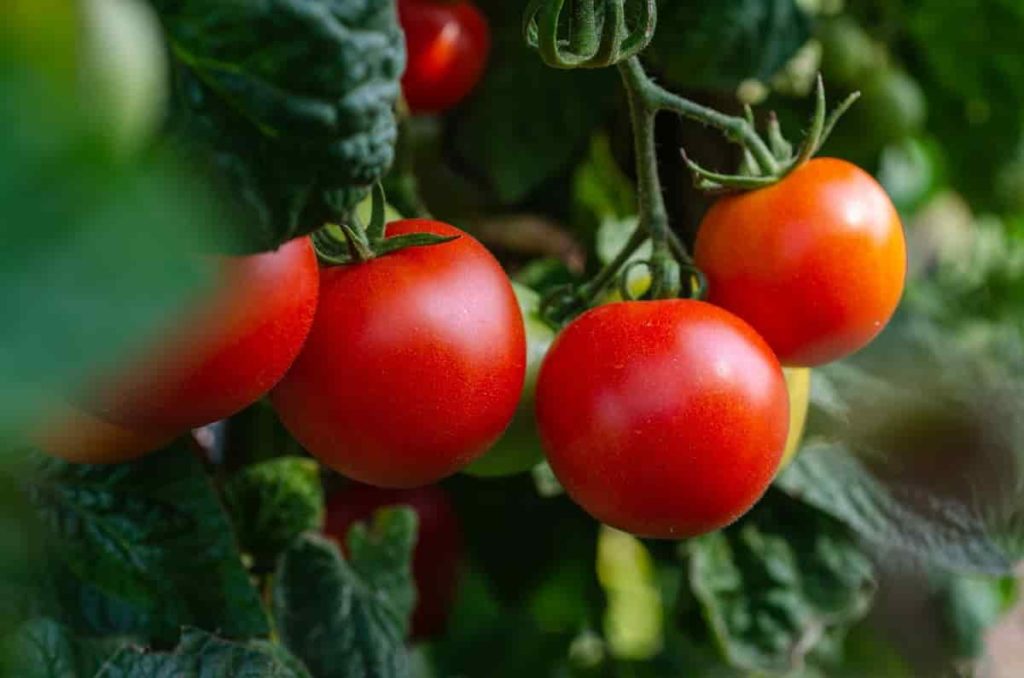
How to grow an indoor organic vegetable garden
If you live in an apartment or are impatient for spring planting, organic vegetables and herbs can be grown. Invest in quality supplies for a successful indoor garden. You do not need to pay a premium for organic produce at the grocery store if you don’t have a garden or live in an arid or frigid climate. Indoor cultivation is possible for many types of vegetables.
Indoor gardening vegetables
Despite the increase in dwarf and miniature vegetables produced by hybridizers in the last 20 years, gardeners are still unable to grow things like corn or melons indoors successfully. Therefore, start with vegetables that can produce maximum yields in small spaces. Lettuce, spinach, and endive are good indoor plants. Additionally, these plants don’t require the high temperatures and sunlight some vegetables require to flower and bear fruit. Add a container of basil and cherry tomatoes to an indoor salad garden to make it more appealing.
A small-fruited tomato variety is not enough; gardeners should buy seeds that grow compact determinate vines. If you have some experience with indoor gardening and would like to try something new, you can grow bush beans, dwarf beets, dwarf carrots, peppers, and even dwarf vine vegetables like squash or cucumbers. In addition, grow lights enable gardeners to grow larger plants indoors, preventing leggy plants from straining toward chilled windows.
Lighting
Organic gardeners need supplemental indoor lighting to grow more than a pot of herbs or lettuce unless they have a south-facing sunroom. Fluorescent lighting provides plants with the full spectrum they need for growth. It is possible to buy a specific plant light fixture, such as the Aerogarden, but hanging shop lights work well. With every distance from the lights, the light intensity decreases significantly. Therefore, keep the lights on for at least 16 hours daily for the best growth.
Care and fertilizer
Indoor vegetables need to be watered regularly. It is possible for plants that receive irregular irrigation to suffer from bud drops and produce bitter vegetables. Watering devices like capillary matting, which allows plants to absorb water through the drain holes in pots, may be used by gardeners with more than a windowsill planter. Watering globes keep soil evenly moist, and they are attractive options. In addition, the organic mulch can prevent the soil’s surface from drying out or crusting over.
In case if you miss this: Organic Vegetable Gardening in the Balcony
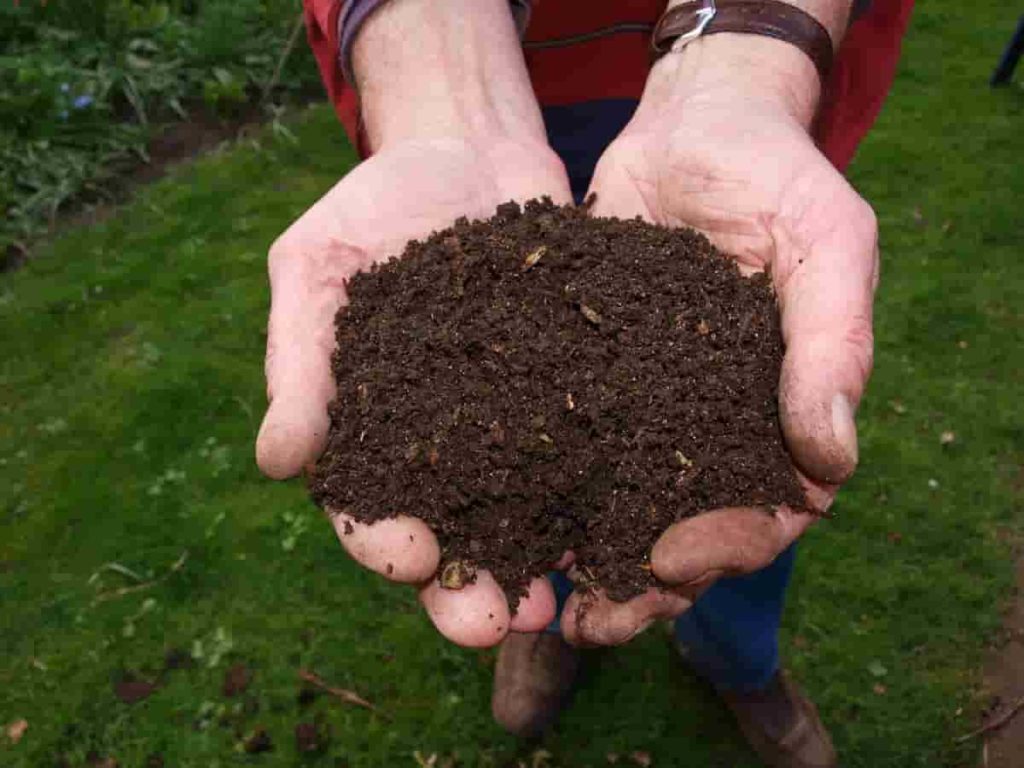
Organic fertilizer is necessary during the growing season, especially since frequent watering drains nutrients from containers. In addition, active compost introduces beneficial soil microbes and trace nutrients. Seaweed meal is an organic fertilizer that releases nutrients slowly and won’t need to be reapplied as frequently as liquid fertilizer.
Pest control
It is advantageous to garden indoors because common outdoor garden pests, such as aphids and caterpillars, do not exist. Pests that affect indoor houseplants may also affect indoor vegetable gardens. Use yellow sticky traps to catch whiteflies. Then, vacuum them up to get rid of them. The mealybug sometimes affects indoor vegetable plants. The white fuzzy pests are easily killed with rubbing alcohol-soaked cotton swabs.
Plants in dry conditions are prone to spider mite infestations, especially spider mites. Plants should be watered throughout, not just the soil, as mites dislike moist conditions. Spider mites with webbing need an organic spray like insect soap to control their infestations.
How to start an organic indoor vegetable garden
Decide which vegetables you want to grow
You need to plan your indoor garden carefully before putting soil, seeds, and water into a pot and calling it a day. What space do you have for an indoor garden? Will you use artificial light to increase the number of planting options? What vegetables do you eat and use for cooking? You can find out which herbs and vegetables you can grow in your growing conditions by answering these questions.
You wouldn’t want to grow peppers in your slightly shady apartment, for example, if you were planning on using only natural light. On the other hand, you probably won’t be able to grow dozens of plants if you have only one tiny sunny spot in your living space.
Select the soil
It is the most common way to grow herbs and vegetables indoors, but it isn’t the only method. Indoor gardens use potting soil to anchor plants, provide oxygen to roots, and store water and nutrients. Plants can also be grown in water instead of soil in hydroponic gardens. Freshwater helps to provide oxygen to the roots, while liquid fertilizer adds the necessary nutrients usually found in soil. Growing systems like Aerogarden make it simple to grow plants in water. However, hydroponic growing takes some knowledge about the right mix of nutrients.
Choose a location for your indoor garden
An indoor garden should be located with ample light. You can put your plants up against a window if the conditions are right. Plants can be placed directly on the sill of northern-facing windows since the light is not too intense or hot for them. Windows facing west may be too hot, so plants need to be placed two to three feet away from windows facing west. In the winter, gardeners in the North may need to move their gardens away from cold windows.
In addition, you should avoid placing your indoor garden near hot air drafts (like heating vents) or cold air (like the air conditioner), which can damage plants. You’ll need artificial lighting if your only indoor garden space is without sunlight. Artificial full spectrum light simulates daylight and is available in different bulbs, including those that will screw into existing fixtures. Ensure that these grow lights are placed directly over the planters to ensure the best results. Place your pots on a reflective or white surface to give your indoor garden an extra boost of light. It will reflect light onto the plants from below.
Choose containers
Choose pots appropriate for the plants you intend to grow in your indoor garden that is soil-based. For example, tomatoes and peppers need at least a one-gallon pot for small varieties and a three-gallon pot for larger varieties, while greens can grow in a wide range of containers. Use separate containers for each large vegetable plant to ensure that the roots have room to grow (so the plant can produce enough energy to produce vegetables).
In case if you miss this: Easy DIY Garden Ideas
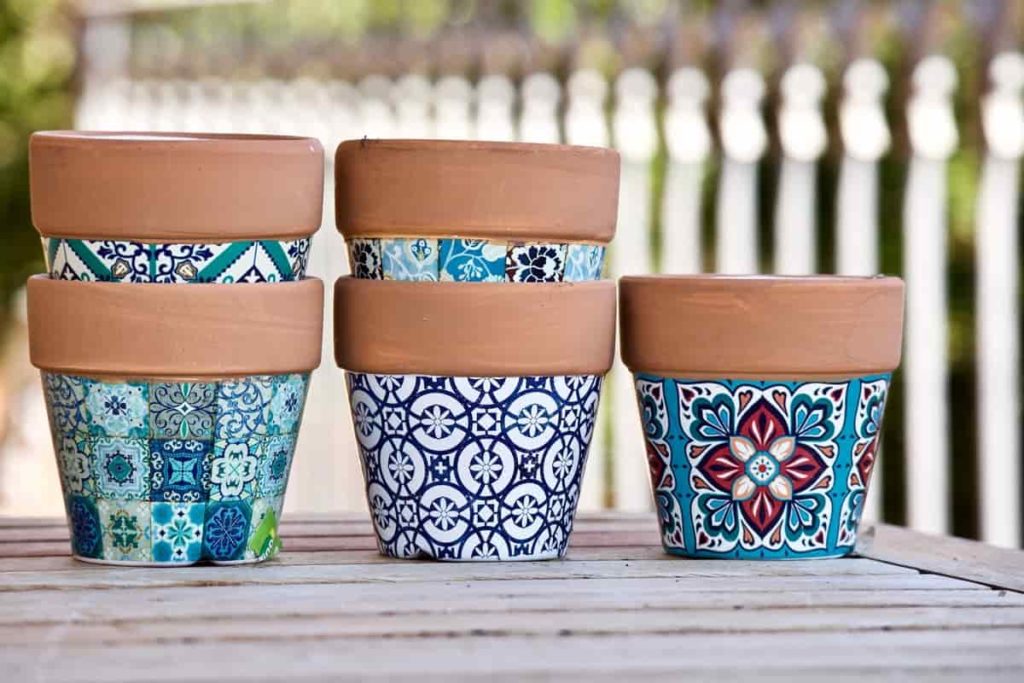
If there is enough room for them to grow to their full size, multiple plantings of small greens and root crops can be grown in the same container. Besides the size of the container, the features of the container themselves can make or break your indoor garden. For example, to prevent soil from becoming overly saturated, choose lightweight plastic containers that hold moisture longer.
Fill it with soil
Please do not dig up some soil from your backyard or neighbor’s outdoor garden and dump it into your pot. You should use potting soil instead. A good potting mix contains peat, compost, coconut coir to hold moisture, and vermiculite, perlite, or rice hulls to promote drainage. An indoor garden may have too much or not enough water, deplete essential nutrients, or be too dense and heavy, preventing proper aeration. For organic veggies, pick a mix that’s certified by the Organic Materials Review Institute and is light and fluffy.
In addition to dirt, potting mixes may contain fertilizer, so check the bag for instructions on how often to fertilize. “Starter charge” fertilizers are used up after two or three watering. Some fertilizers, labeled controlled-release, time-release, or slow-release, provide small quantities of nutrients over a long period. Suppose your chosen potting soil does not contain fertilizer initially. In that case, you might consider adding one that provides the right amount of nitrogen for vegetable plants (which need less nitrogen than leafy plants and grass) and a slow-release formula that gradually releases nutrients. Plants require nitrogen for growth.
Green leaves help capture the sun’s energy, convert it to sugar, and produce tasty vegetables. You can also add moisture-retaining products to hold water near the roots and reduce watering frequency. It’s important not to overwater your indoor garden because plants that are too wet will not get enough oxygen, leading to root death, stunted growth, and yellow leaves.
Plant seeds, transplants, or scraps
You’ll need to choose your seeds after picking up your containers and soil for your indoor garden. Your local garden center will probably have them in the spring, but you’ll find the best selection with online seed companies. Choose seeds with a high germination rate (meaning that many seeds sprout) and are dated for the current season. Even though some seeds can last for years when stored correctly and kept in a cool, dark place, germination rates decline with age.
In case if you miss this: DIY Balcony Garden Ideas, Tips, and Techniques
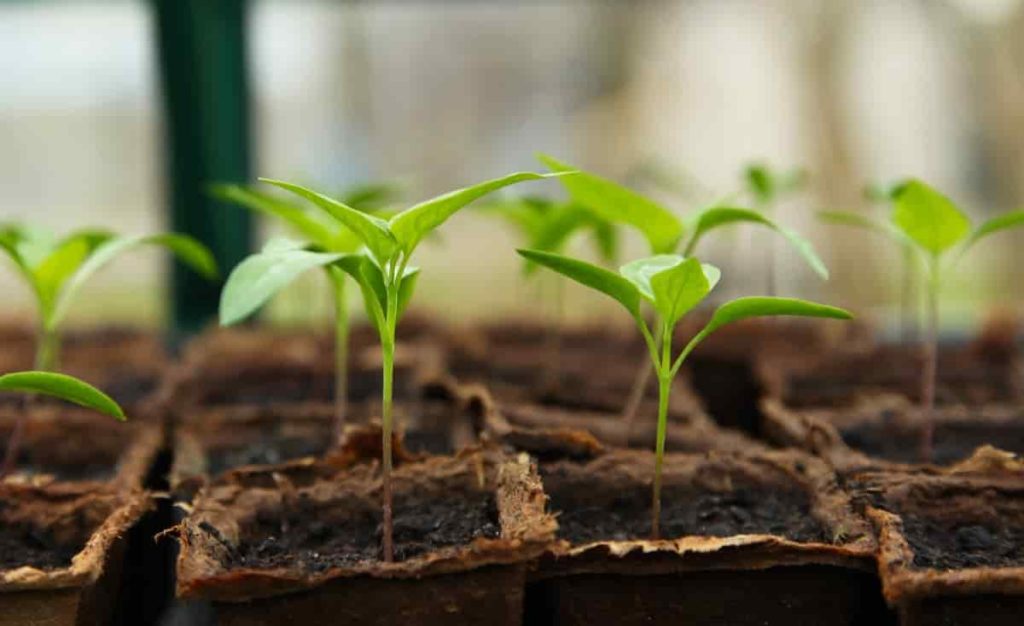
So it’s best to pass over the discounted seeds two years ago and get a current-year package instead. Once it is fully grown, the estimated size of the plant should also be listed on the label. A plant that grows much taller and more comprehensive than two feet or so is probably not a good choice for indoor growing because it will grow too large.
Watering
Watering your indoor garden plants depends on their age and growing conditions. You will need to water your plants more often if your house is warmer, the humidity is lower, and your location is sunny. Seeds that have sprouted and are growing must be watered thoroughly when the top few inches of soil start to dry. Once your plants are established, gradually reduce the watering frequency as the plants grow.
When transplanting, make sure you pour out the excess water, keep the top few inches of soil moist for the first few weeks, and gradually reduce the watering frequency as the plants grow. If your finger or a moisture meter finds it dry, you should water the soil. Generally, tap water is acceptable to use for your indoor garden, but if it seems like the minerals in your tap water are harming your plants, switch to filtered water.
Feed your indoor garden with fertilizer
Consider that the fertilizer in your potting mix or the slow-release fertilizer you added at planting time has run its course (the packaging will indicate how long it will last). Using fertilizer, in that case, is likely to be beneficial, especially if your plants are showing signs of nutrient deficiency, such as pale leaves and stunted growth. Alternatively, you can add liquid fertilizer directly to the water as directed on the label.
Ensure that it contains nitrogen, phosphorus, and potassium as a fertilizer designed for flowering plants. In general, fertilizer recommendations should be applied every two weeks or once a month (check the label). Still, you may want to start with a diluted solution because fertilizer recommendations are usually meant to achieve maximum growth and could be too much for your plants.
Your plants may grow if you over-fertilize them. Despite this, the roots may not be large enough or solid enough to provide the plant with enough water and nutrients, reducing the number of vegetables it can grow. Use a smaller tool than a pencil to dig two-inch deep holes in the soil with a granular fertilizer. Sprinkle fertilizer directly into the holes, then cover with soil and water.
Some organic vegetables to grow indoors
Cherry Tomatoes
Fresh, juicy tomatoes are irresistible in a salad or homemade pasta sauce. You can grow cherry tomatoes quickly. The only difference is that you will have to use everything organically, from soil to seeds to fertilizer. Because everything labeled as organic is more expensive, you can save the seeds from organic tomatoes bought at the farmer’s market and plant them.
Carrots
Because organic carrots never grow big, don’t expect to grow massive carrots. However, they will have a much richer flavor. Using a deep enough pot and filling it with organic soil, you can plant carrot seeds year-round because your harvest won’t depend on the weather.
Spinach
If you want to add spinach to a salad or make pasta with it, you can grow it indoors. Therefore, always have at least two or three pots planted with it. The spinach doesn’t require too much sunlight, so keep my pots on the windowsill.
In case if you miss this: Top 25 Vegetables To Grow In Aquaponics
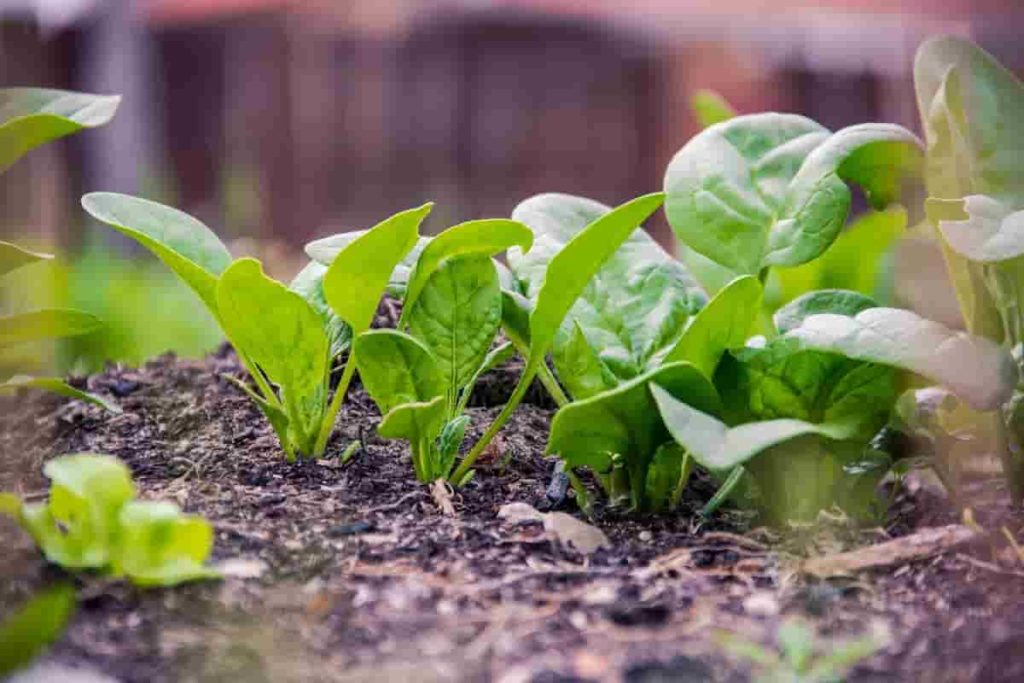
Tips for organic indoor vegetable gardening
It’s more important than you think to consider your plant’s environment! Plant growth and garden success are influenced by the seasons. Unfortunately, we often forget that something as simple as turning on the air conditioning can harm our vegetables. Instead, choose a temperature that stays steady when growing inside to maximize healthy growth. Besides the temperature, here are some other organic gardening tips you can try at home:
- If you want your vegetables to grow well, give them about an inch of water a week
- Plants need to be energized by removing dead or sick leaves
- Plant natural insect repellent plants like garlic, onions, and chives
- Make a compost pile from dead plant matter, uneaten produce, eggshells, coffee grinds, and other organic materials
- If you sprinkle a little coffee grind around vegetables, this will deter pests and refresh the soil
- Plants need to be treated with carbonated water
- Plant seeds in warm water the day before or, for best results, germinate them in a plastic bag with a warm and wet paper towel before planting
Commonly asked questions about organic indoor vegetable gardening
1. What is the recommended amount of sunlight for an indoor organic vegetable garden?
Vegetables require full sun or partial shade. It is possible to set up an organic indoor vegetable garden on a balcony or window to receive adequate sunlight. If you’re growing herbs or vegetables, pick a location that receives at least four to five hours of sunlight each day.
2. What is the best soil to use in an indoor organic vegetable garden?
Compost and organic matter are essential for good vegetable soil. Therefore, the soil is mixed with compost and coco peat. The dried coconut husk, called coco peat, helps the soil retain water longer and controls its temperature. Therefore, you do not have to worry about watering while on a mini-vacation for two to three days.
3. What do you need to know about watering indoor organic vegetables?
In summer, you may need to water the plants twice a day while you can water them every other day in the rainy season. Avoid overwatering your plants.
4. What is the best method for growing an indoor organic vegetable garden?
- Improve your soil’s quality
- Compost your waste
- Grow a variety of plants
- Take care of pests
- Make use of organic plant foods
5. Is it possible to have an indoor organic vegetable garden?
Growing vegetables indoors is possible, including kale, arugula, spinach, lettuce, beet greens, Radishes, tomatoes, carrots, And more.
- How to Grow Hibiscus from Flower
- Plantation Ideas for Home Decoration: A Beginners Guide
- Flower Garden Designs and Layouts for Beginners
- Planting and Spacing Techniques in Papaya: A Beginner’s Guide
- Growing Gold: Essential Techniques for Planting Pineapples
- How to Make Kalanchoe Plant Bushy: Home Remedies and Solutions
- 11 Reasons Why Your Gardenia is Not Blooming: Home Remedies and Solutions
- Eco Elegance: The Guide to Designing a Drought-Tolerant Landscape
- Gardening on a Slope: Strategies for Hillside Landscaping
- Nourish and Flourish: Top Organic Mulches for Thriving House Plants
- Everything You Want to Know about Indian Mogra Flower: Discover Uses and Growing
- Green Thumb Success: Expert Tips for Cultivating Greenhouse Pumpkins All Year Round
- Maximize Growth & Flavor: The Ultimate Guide to Companion Planting in Herb Gardens
- How to Control Rhododendron Problems Naturally: Home Remedies and Organic Ways to Fix Them
- Natural Magic: The Remarkable Benefits of Cinnamon for Plants
- Best Steps to Revive Dying Tulip with Natural and Organic Treatment
- 10 Reasons Why Your Angel Trumpet is Not Blooming: Remedies and Treatment
- How to Fix Periwinkle Leaf and Flower-Related Problems: Natural Remedies and Solutions
- How to Fix Zinnias Leaf and Flower Problems: Discover Natural and Home Remedies
- Organic Steps to Induce Lemon Tree Flowers: A Comprehensive Guide
- Bloom Booster: Crafting the Perfect Homemade Bougainvillea Fertilizer
- Optimizing Growth: A Guide to Applying NPK Fertilizer for Potted Plants
- 10 Best Homemade Fertilizers for Rubber Plant: DIY Recipes and Application Method
- How to Boost Female Pumpkin Flowers: Effective Steps for More Flowers and High Yields
- Transform Your Indoor Garden: Top Benefits of Pink Salt for Houseplants
- 10 Best Homemade Fertilizers for Peacock Plants (Calathea): Easy DIY Guide
- Unlock Blooms: 9 Reasons Why Your Potted Chrysanthemum is Not Blooming
- 8 Reasons Why Your Potted Hibiscus is Not Blooming: Fix it with Simple Solutions
- Unlock Blooms: 9 Key Reasons Your Potted Frangipani Won’t Flower
- 10 Reasons Why Is My Ice Plant Not Blooming: Remedies and Treatment
- 10 Reasons Why My Potted Hydrangea Not Blooming: Treatment and Remedies
- 10 Reasons Why is My Wisteria Not Blooming: Remedies and Treatment
- 10 Reasons Why is My Goldfish Plant Not Blooming: Remedies and Treatment
- Maximize Your Space: Ultimate Guide to Balcony Gardening with Grow Bags
- 10 Reasons Why Your Iris is Not Blooming: Remedies and Treatment
- 10 Reasons Why Your Anthurium Plant is Not Blooming: Treatment and Remedies